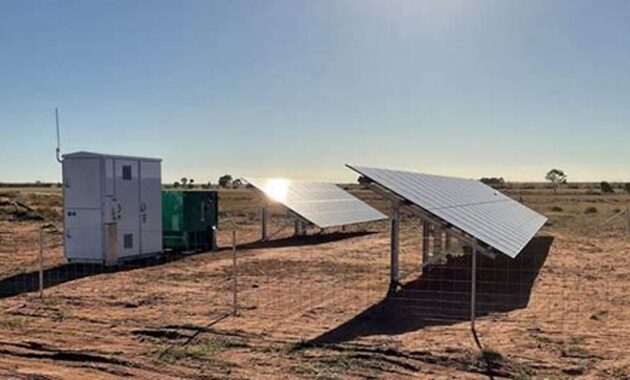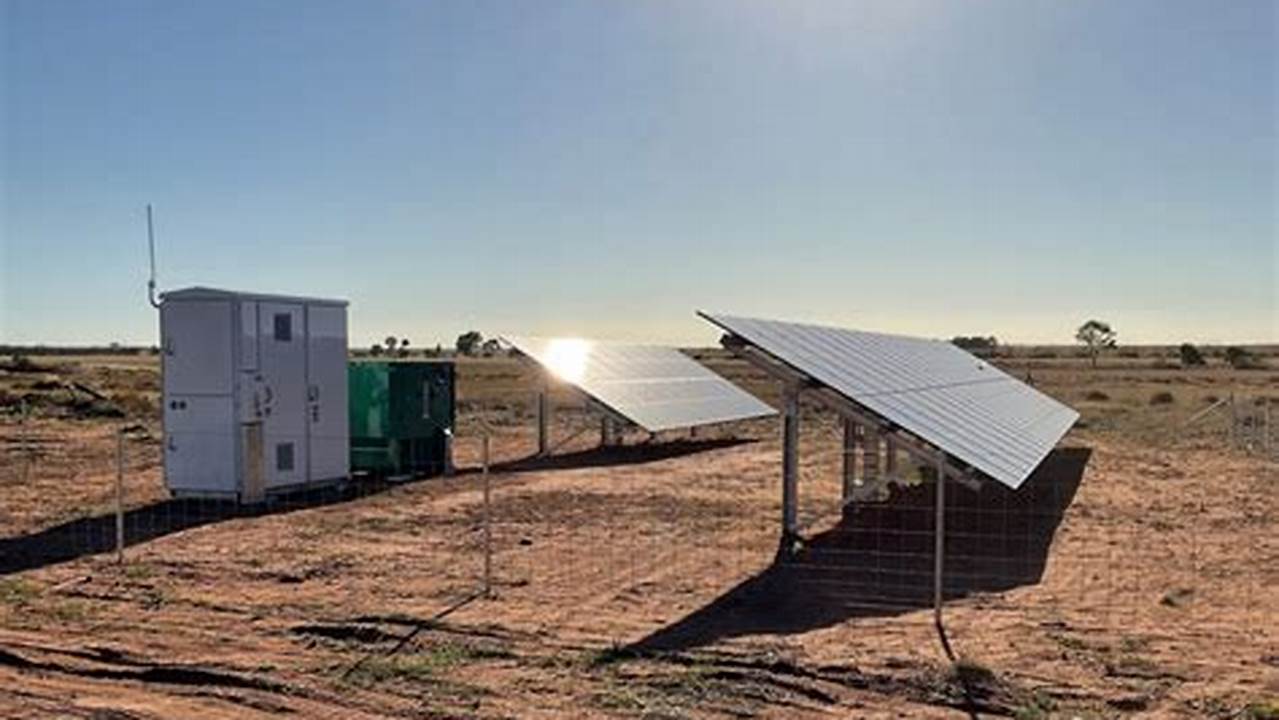
A stand-alone power system, also known as an off-grid power system, is an electrical system that provides power to a building or community without being connected to the utility grid. Stand-alone power systems are typically used in remote areas that are not connected to the grid, or in areas where the grid is unreliable. Stand-alone power systems can be powered by a variety of sources, including solar panels, wind turbines, and generators.
The cost of a stand-alone power system varies depending on the size and complexity of the system. However, stand-alone power systems can be a cost-effective option for remote areas or areas with unreliable grid power. Stand-alone power systems can provide reliable power, reduce energy costs, and increase energy independence.
Stand-alone power systems have been used for many years, and the technology has become increasingly affordable and efficient. In the past, stand-alone power systems were typically used in remote areas or in areas where the grid was unreliable. However, stand-alone power systems are now becoming more popular in areas with reliable grid power, as people look for ways to reduce their energy costs and increase their energy independence.
FAQs on Stand-Alone Power System Cost
Stand-alone power systems can be a great way to reduce your energy costs and increase your energy independence. However, there are a few things you should keep in mind when considering a stand-alone power system.
Question 1: What is the cost of a stand-alone power system?
The cost of a stand-alone power system varies depending on the size and complexity of the system. However, you can expect to pay between $10,000 and $50,000 for a complete system.
Question 2: How long does a stand-alone power system last?
A stand-alone power system can last for many years, depending on the quality of the components and how well the system is maintained. However, you can expect most stand-alone power systems to last for at least 10 years.
Question 3: What are the benefits of a stand-alone power system?
There are many benefits to owning a stand-alone power system, including:
- Reduced energy costs
- Increased energy independence
- Reliability
- Environmental friendliness
Question 4: What are the drawbacks of a stand-alone power system?
There are a few drawbacks to owning a stand-alone power system, including:
- High upfront cost
- Maintenance costs
- Limited power output
Question 5: Is a stand-alone power system right for me?
A stand-alone power system is a good option for people who live in remote areas or who are not satisfied with the reliability of their grid power. Stand-alone power systems can also be a good option for people who are looking to reduce their energy costs and increase their energy independence.
Question 6: How do I choose a stand-alone power system?
There are a few things to consider when choosing a stand-alone power system, including:
- Your energy needs
- Your budget
- The climate in your area
- The availability of qualified installers
Summary of key takeaways or final thought
Stand-alone power systems can be a great way to reduce your energy costs and increase your energy independence. However, it is important to weigh the costs and benefits before making a decision.
Transition to the next article section
If you are considering a stand-alone power system, be sure to do your research and choose a qualified installer.
Tips for Reducing the Cost of a Stand-Alone Power System
Stand-alone power systems can be a great way to reduce your energy costs and increase your energy independence. However, the cost of a stand-alone power system can be a barrier for some people.
Here are a few tips for reducing the cost of a stand-alone power system:
Tip 1: Determine Your Energy NeedsThe first step to reducing the cost of a stand-alone power system is to determine your energy needs. This will help you size your system appropriately and avoid paying for more power than you need.Tip 2: Choose the Right EquipmentThe type of equipment you choose can also have a significant impact on the cost of your stand-alone power system. For example, solar panels are typically more expensive than wind turbines, but they can be more efficient in some areas.Tip 3: Do Your Own InstallationIf you are handy, you can save a lot of money by installing your stand-alone power system yourself. However, it is important to note that this is not a job for beginners. If you are not comfortable working with electricity, it is best to hire a qualified electrician.Tip 4: Take Advantage of Rebates and Tax IncentivesMany states and local governments offer rebates and tax incentives for stand-alone power systems. Be sure to research what incentives are available in your area before you purchase your system.Tip 5: Shop AroundWhen it comes to purchasing a stand-alone power system, it is important to shop around and compare prices from different suppliers. You may be able to find a better deal by getting quotes from multiple companies.Summary of key takeaways or benefitsBy following these tips, you can reduce the cost of a stand-alone power system and start saving money on your energy bills.Transition to the article’s conclusionIf you are considering a stand-alone power system, be sure to do your research and choose a qualified installer. With a little planning, you can find a stand-alone power system that meets your needs and budget.
Conclusion
The cost of a stand-alone power system is an important factor to consider when making a decision about whether or not to install one. The cost of a stand-alone power system will vary depending on the size and complexity of the system, but it is important to remember that there are many benefits to owning a stand-alone power system, including reduced energy costs, increased energy independence, and reliability.
If you are considering installing a stand-alone power system, be sure to do your research and choose a qualified installer. Stand-alone power systems can be a great way to reduce your energy costs and increase your energy independence, and with a little planning, you can find a stand-alone power system that meets your needs and budget.
